If there’s one thing I’ve learned about the quest to make healthy living – and eating – more affordable, it’s that you have to use and reuse everything.
When I buy items from the grocery store, I do my best to avoid anything that isn’t made of glass, because I love the reusable nature of it. Honey jars, milk bottles, oil bottles, and preserving jars line not only my work bench but also my entire kitchen. At any point in time, Eddy or I will randomly create a sauce or something that we’ll only use a portion of, and having the jars on hand to preserve our latest creations makes a world of difference. The jars keep everything tasting fresh, keep it concealed, and I can reduce the amount of trash I’m leaving behind.
With jarring, this is even more important. You can buy fresh items in bulk while they’re in season (read: cheap), turn them into preserves or pickles, and store them away until the winter months when variety is low, but prices are high. It takes only a little bit of time and minimal effort – you can cut, stew, and reduce fruit all while you cook for another meal – but the outcome is amazing. You just have to know where to begin.
Preserving might feel intimidating, but it isn’t and shouldn’t be – this is how old elders were able to save money and time back in the day, before the ubiquity of processed food. In her book, The Welcome Table: African American Heritage Cooking, author Jessica B. Harris drops an important tidbit about how important preserving was:
“Food was very special in my family and, for most of my childhood, we never had anything that was frozen or canned unless we had canned it ourselves.”
So goes it, today. Where processed food makes a more plant-based diet seem expensive in comparison, preserving skills can serve as the great equalizer. Buy fruits and vegetables in bulk when they’re in season – and at their cheapest – and preserve them in jars for the winter. Good preserving skills will make your jars last a year, possibly more.
I’m currently working with Glass Is Life, a movement that encourages choosing glass more often in our everyday lives. Glass is made from natural ingredients so it doesn’t harm the environment. It doesn’t alter the flavors of the food and drinks it holds either. What better way to encourage embracing glass than by discussing preserving?
And, what better way to start playing with preserving than with homemade cherry preserves… with no added sugar?
I’m a total cherry kind of girl. I mix sweet and sour cherries, I mix cherries with herbs – thyme, mint. I mix cherries with almonds, walnuts, pistachios, or I’ll add in chocolate, honey, or a little bit of the citrus taste of oranges and limes. And, some days, I get a little fancy and do what I’ve done in today’s post, where I’ll show you how to make $15 look like a million bucks.
For this recipe, you’ll need the following:
- 1 large stockpot
- 1 large saucepan
- 1 package of Pomona’s Universal Pectin
- 3lbs of cherries (fresh or frozen, your choice, but if frozen they must be moderately thawed)
- 2 large lemons
- 1/3tsp salt
- jars
Glass is Life was gracious enough to send me a couple of jars to use for this recipe, from Le Parfait. I actually love these jars, because they require very little in the way of upkeep and reuse. There’s one little rubber band that extends around the base of the lid, and that’s it. Simple, easy, yay.
The first step is to fill that stock pot with water, and bring it to a boil. You’ll need it to sterilize your jars. Next, it’s time to tend to those cherries. If you’ve got fresh ones, you’ll need to pit them. If you’ve got frozen cherries, skip ahead to the lemon photo. You can invest in a cherry pitter – or just a regular skewer – or you can use a paring knife to cut the cherry away from the knife.
Takes virtually no time to get it done.
Oh, and save those cherry pits in a jar, and set it to the side. Once you’ve pit all your cherries, pour vinegar over your cherries and set the entire concoction in the fridge.
Boom: now you’ve got cherry vinegar.
Slice your two large lemons in half, and juice three of your halves. You should have a little over a third of a cup of lemon juice. You’ll pour that into your smaller pot, along with a generous pinch of salt. Let your lemon juice simmer, while you drop your jars in your sterilizing water.
Back to the preserves – cherries! Into the lemon juice you go!
You’ll want to heat your cherry and lemon concoction on medium heat for about 10 minutes before you begin to smash your berries. You can use a potato masher, if you have it, or a regular whisk to get the job done. You use the base of the whisk, where all the wires intersect, and just mash down into the pot. This motion breaks the cherries apart, helping to cook down the liquid in the cherries as well as spread the delicious cherry flavor around.
Your berries will cook for an additional 10 minutes per pound of cherries you’re cooking, so these were about 30 minutes of cooking and whisking.
While that cooks, we have to tend to our jars.
With these Le Parfait jars, all you have to work with are the jar itself, and the orange rubber sealing ring. You’ll want to place the ring around the jar’s lid before you give your jars their sterilization bath.
The jars should be boiled at a temperature of at least 180º F/82ºC, or a rolling boil for a half hour. Allowing this to happen while your berries are being prepped saves time.
Now, it’s time to start doing the gel work.
When people normally make preserves, a large part of the preserving part is sugar. Sugar mixed with water creates the “simple syrup” that we’re all used to, but when you leave that concoction on low heat for an extended period of time, it thickens into a sort of gel. That’s a large part of what’s at play with preserve making.
We’ve been making preserves, as humans, ever since sugar became cheap and plentiful (ahem.) We add large – larrrrrrge – amounts of sugar to the pot, the sugar turns into simple syrup, and the low heat allows the water to evaporate out of our syrup and give us gel.
Making a low-sugar batch of preserves, however, is a bit of a challenge. You can certainly do it without pectin, but it will leave you with a batch that is runny and inconsistent, and it certainly would take quite a while. (Not to discourage you, just to say “get ready.”) Using pectin to make your preserves gives you the ability to make something that will be virtually identical to what your family and friends may already be used to, but with far less sugar, superior flavor, and much more opportunity to be creative.
Whereas sugar naturally makes up about half of the per-pound weight of the average store-brand jam or jelly (United States federal standards require 55% sugar), pectin allows you to use the naturally-occurring sugar in the fruits you already love and, with just a tablespoon or two of mixture, you can keep the added sugars away. Low-sugar jams may get their gel-like consistency from using pectin as well (although they also sometimes use gelatin derived from animal fat), but the sweet often comes from artificial sweeteners. Making your own allows for you to skip all of that. Not only is this particular brand of pectin vegan, but it is kosher. I cannot sing its praises highly enough.
Inside a box of Pomona’s, you’ll find a small packet, a larger packet, and a small brochure with instructions. If you’re following along here, you won’t need the instructions for this recipe, but you’ll want to hold on to them for future experimentation.
The small packet, we’ll work with first. The small packet is a little container of powdered calcium. Since low-sugar pectin works by forming “bridges” between salt and calcium, we’re creating a small bit of scientific brilliance here!
Take an old glass jar, and pour 1 tablespoon of your calcium inside, followed by 1 cup of water. Close your jar, and give it a good shake to mix the powder and water. It should look like the photo above.
Take a look at your berries – is it approximately two cups of simmered fruit? If so, we’re going to take two teaspoons of the calcium water and add them to our berries, and slowly whisk it around so that it’s as close to evenly distributed as possible. If you have more than that or if you can’t tell, pour your simmered fruit into a mixing bowl and slowly ladle it, cup by cup, back into the pot to determine how much you have. You’re going to add one teaspoon for every cup of fruit.
Next, we’re going to work with the actual pectin, and a tablespoon of honey. You can use maple syrup if you like, it just needs to be something that can prevent the pectin from immediately gelling up as soon as it contacts the hot cherries. We’re going to use a little under a teaspoon of pectin for every cup of preserves we’re working with, here. If you have two cups of preserves like me, you’ll use a teaspoon and a half of pectin powder and a tablespoon of honey.
You want to stir together your honey and your pectin in a way that allows the pectin to dissolve. This makes it easier for you to whisk the mix into your cherries and spread it around before the jamming begins.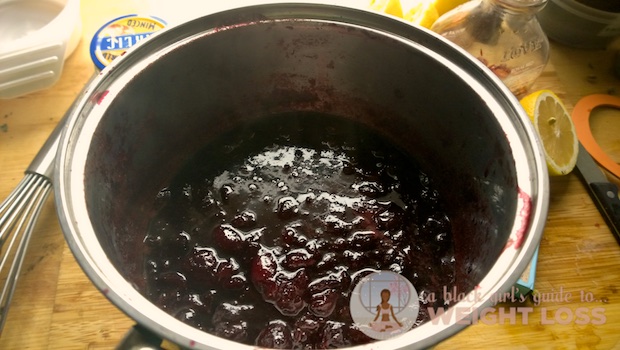
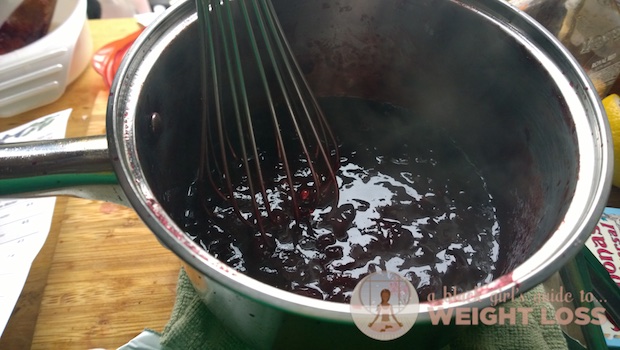
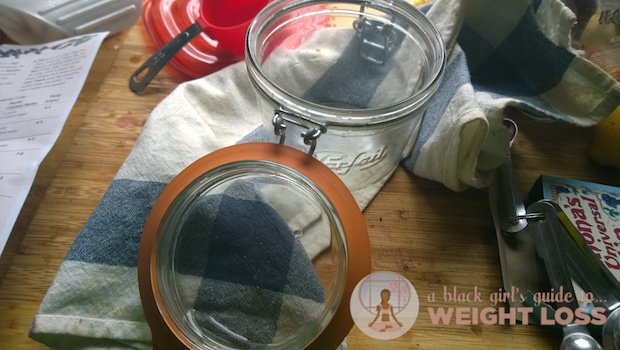
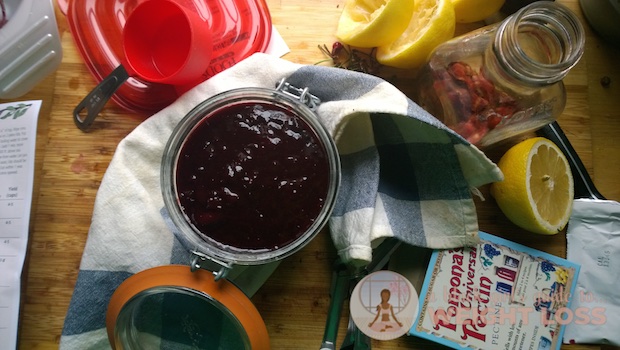
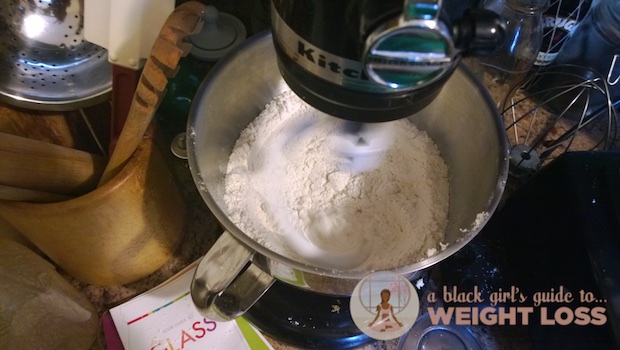
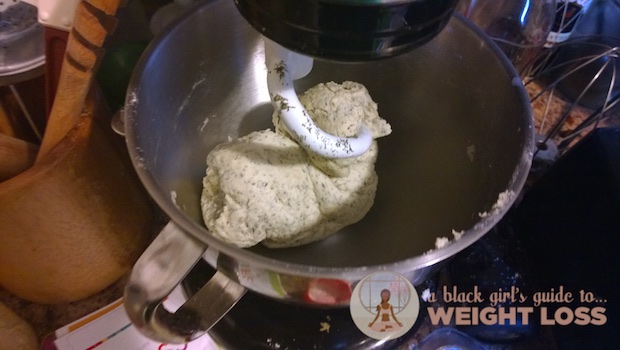
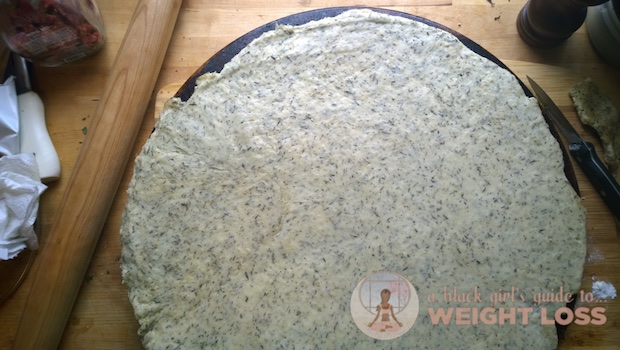

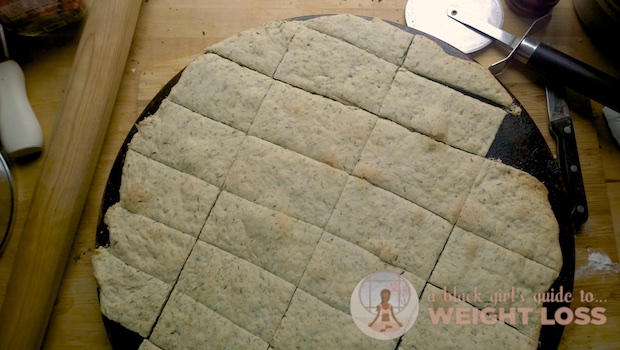
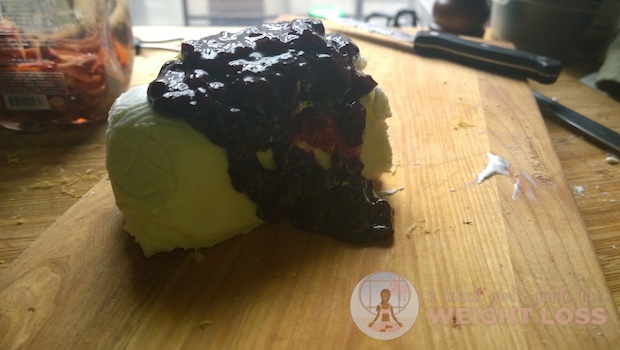
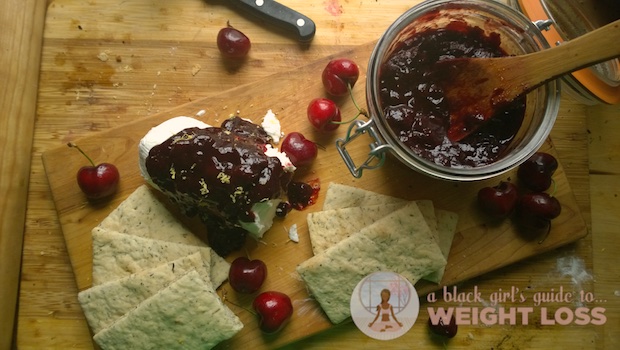
If you want to learn more about Glass Is Life, check them on Facebook, follow them on Twitter, or take a look at their Instagram.

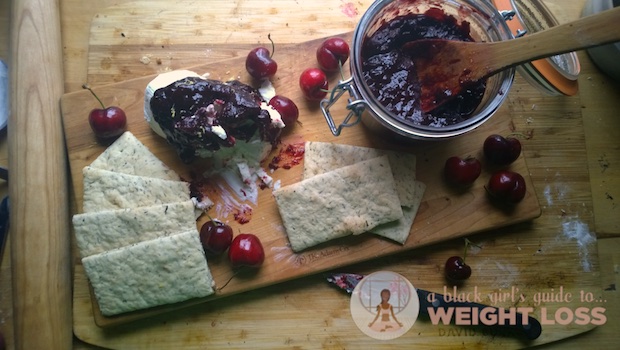
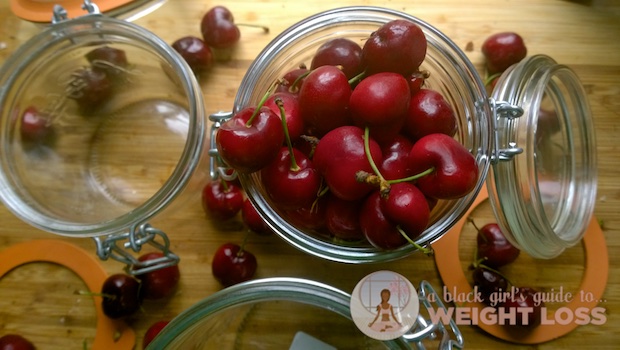
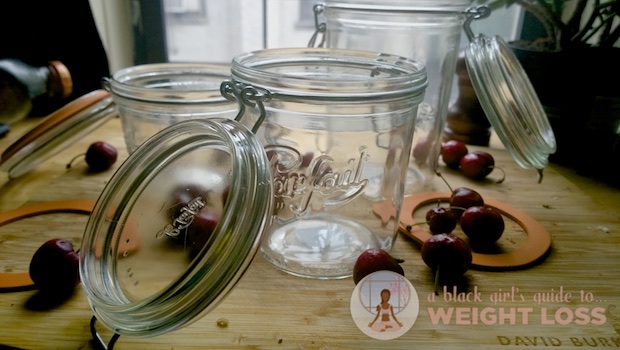
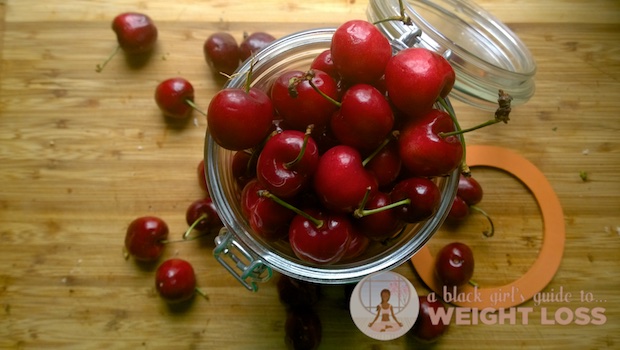
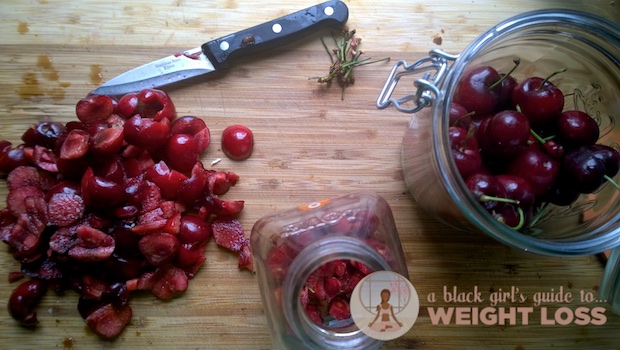
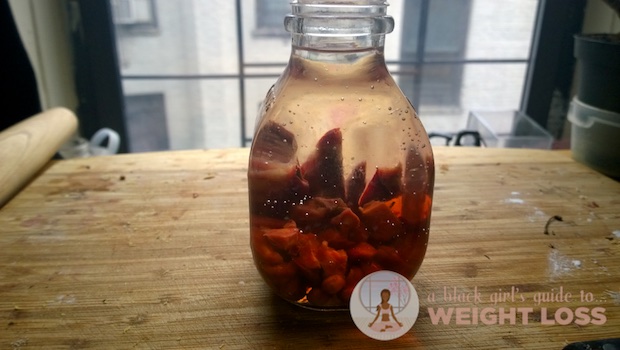
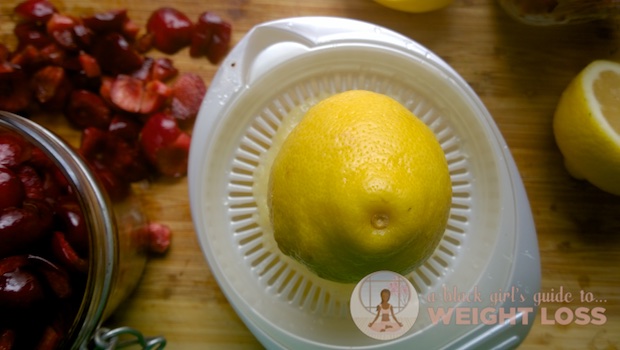
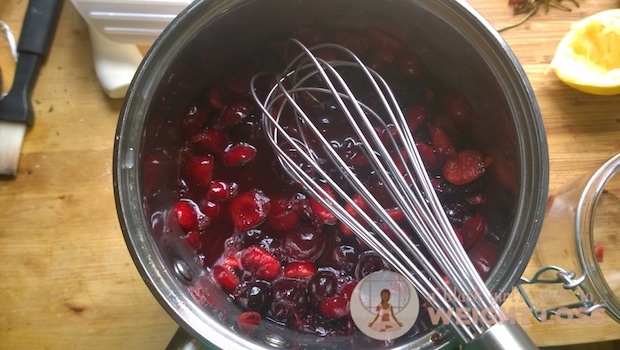
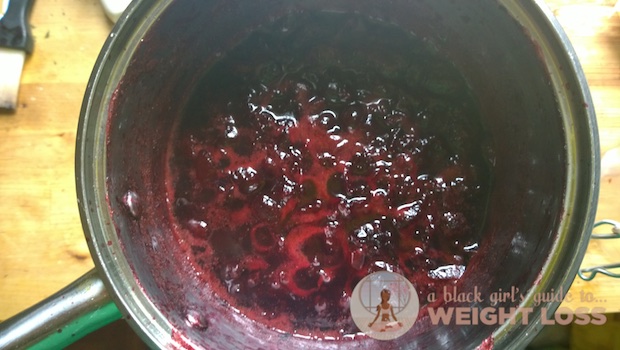
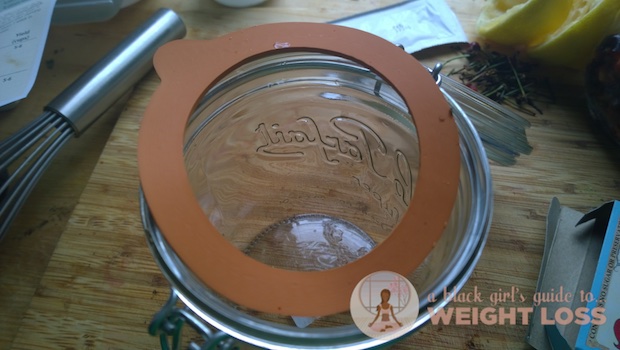

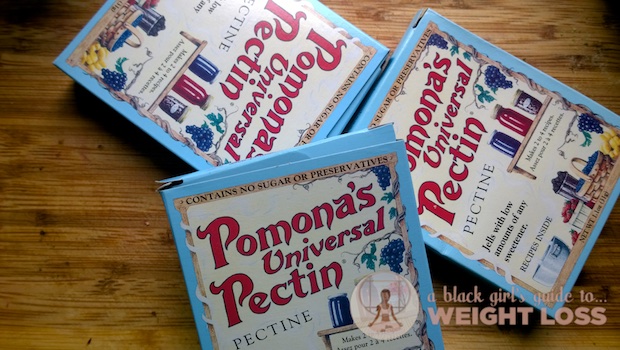
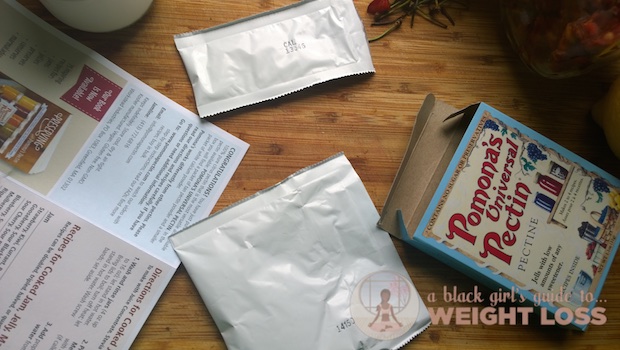
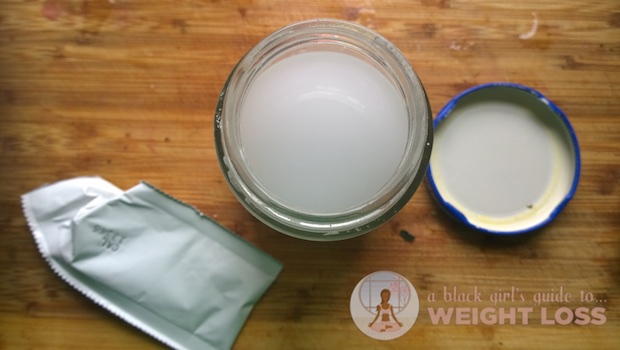
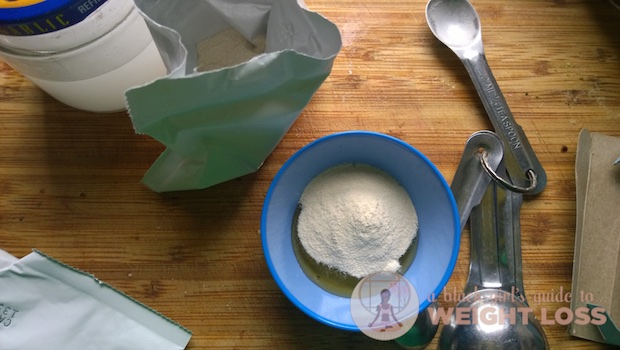
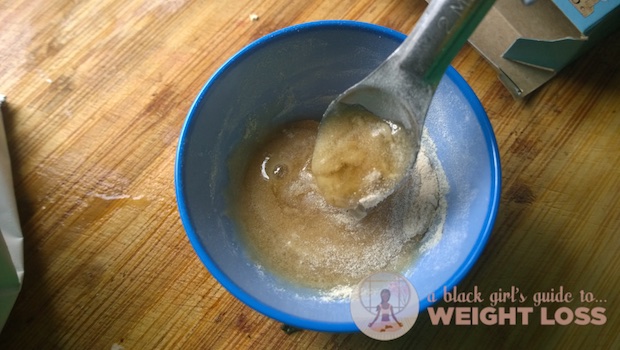
5 comments
Cherry preserves is my favorite fruit to spread on bread or crackers. At least in the old days it was, but now I no longer eat bread or crackers. Your recipe for CP is “spot on” and I’m gonna put this together as soon as I get my hands on fresh cherries. I live in Florida and have access to a lot of farmers markets and co-ops. Thanks for the inspiration, wallace p.s. I’ll find something to spread this delicious fruit on.
Awesome!!! It is cherry season and you made my day with this recipe!!!
Erika, you’re an inspiration to me. I admire your values and commitment. You’re certainly having an impact on others that share your passion. I haven’t preserved in years so I’m looking forward to getting back into it starting with your recipe!! I wish you were my neighbor! You sound like an awesome gal that reaches out and touches everyone around you!
This recipe is just what I have been looking for! Looks and sounds delicious! I live in Canada so wondering if there’s another product I can use besides the Pomona pectin? I would have to order it online so would be easier if I could use Certo or maybe there’s something else?
Thank you so much for the great recipes!
I think any kind of pectin is going to do the trick, it’s just that the Pomona’s is the only one I can actually vouch for.
Comments are closed.